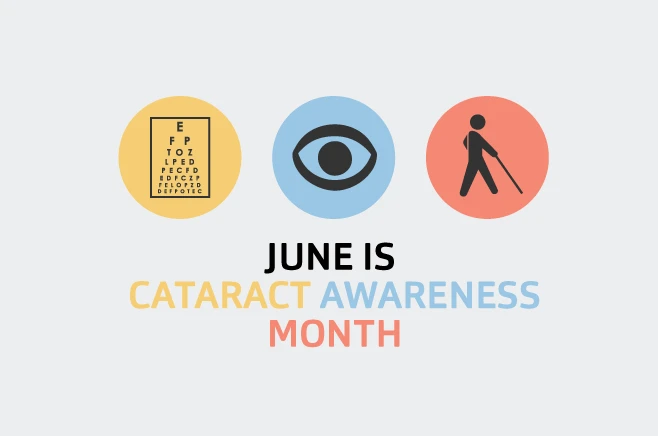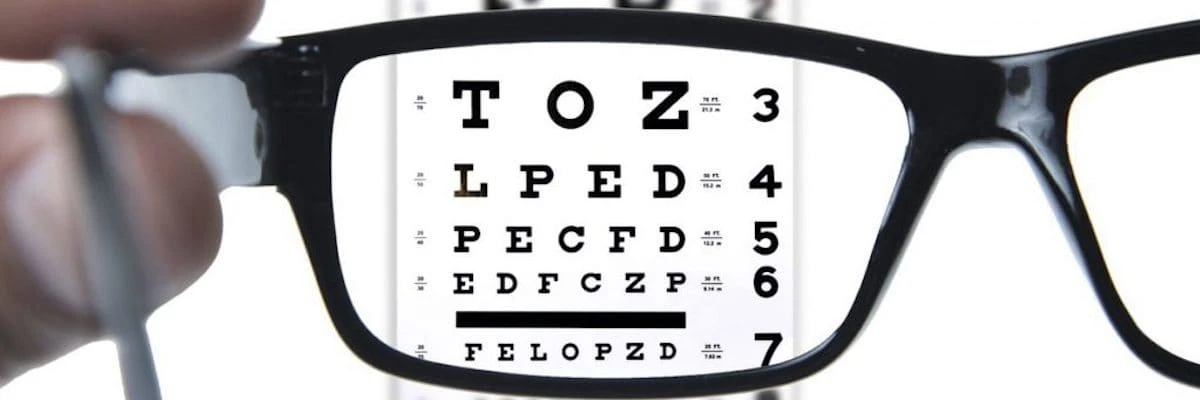Do I Have Cataracts?
personalEYES | 12 Sep 2019

Problems with your vision are often associated with the aging process. Cataracts are a natural progression of your eyes, and there are no cures other than surgical intervention. If you feel that your vision problems are progressing beyond simply the need for corrective eyewear, it’s important that you visit your optometrist so that they can assess and diagnose you with cataracts.
Rather than wait for your routine check-up, it’s a good idea to familiarise yourself with some of the common signs and symptoms of cataracts. If you are experiencing any of these symptoms, you might want to book an appointment sooner rather than later.
Symptoms of Cataracts
For most people, cataracts symptoms can go unnoticed for quite some time. They generally don’t cause pain or make your eyes red. However, cataracts eventually will occur in both eyes. Each eye may produce different symptoms.
The most common and noticeable symptom of cataracts is to have blurred, misty or clouded vision. You may also notice that night vision becomes difficult due to glare, making driving at night much more dangerous.
There are other ways that cataracts may affect your sight:
- Difficulty seeing well in dim or bright lighting
- Glasses that you wear becoming less effective over time
- Experiencing more glare around lights at night, like car headlights and street lamps
- Double vision
- Colours appear dull, faded or unclear
- Appearance of everything you look at becomes opaque or has a yellow tinge
- Glare from bright lights uncomfortable to look at
When to See an Optometrist
You should see an Optometrist at least once a year so that you can have your eyes examined and your sight tested. Often times, when there is a problem with your vision, it’s already too late.
To check for cataracts, the optometrist will use a slit lamp that magnifies your eyes with a bright light so that they can more easily look into them. If they suspect you have cataracts, they will refer you to an ophthalmologist who can confirm the diagnosis and ultimately commence treatment.
What Are Cataracts?
Before you get worried about the symptoms, it’s important to understand what exactly cataracts are. They occur when the lens in the eye becomes cloudy and interferes with vision by diffusing light as it passes through the eye. This results in cloudy or misty vision.
Over time, cataracts will become worse and start to affect your vision. If cataracts are left untreated, the individual will eventually go blind.
Who Can Get Cataracts?
Cataracts affect everyone as they age. However, it is also possible to have cataracts at a younger age due to medication, genetics or an impact to the eye.
Around half of Australians aged 65 to 74 are affected. They are very common and are the main cause of preventable blindness around the world. Both men and women are equally prone to cataracts.
Unfortunately, cataracts are an inevitable part of aging. However, some of the factors below may increase your risk. This includes:
- Your family history
- Diabetes
- Other eye decease
- Eye surgery or injury
- Taking high doses of corticosteroid medication
- Excess UV exposure
What Are My Options?
Your ophthalmologist will help you assess the right treatment option after diagnosing you. Some treatments include Cataract Surgery, Laser Cataract Surgery and IOL Interocular Lens.
Worried about your symptoms? Book a free consultation with personalEYES. We have locations around NSW and Canberra.



